
May 17, 2023
Prototypes and production parts are more difficult to make using 3D printing technologies when miniaturization is a critical factor. This is particularly true for manufacturing precision medical components used in cell therapy, diagnostics, cardiovascular, and structural heart applications.
Two problems that commonly surface within these applications are filtering extremely small fluid volumes and accommodating small, very complex components within medical devices.
Read this white paper to learn how micro-precision 3D printing is helping to solve two common challenges within medical device manufacturing.
Fill out the information below to download the resource.
Latest News
America Makes’ Spring 2024 TRX Explores AM Advancements
The event was a knowledge hub for industry leaders to network and share innovative approaches across design, material, process and...
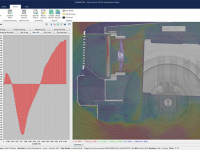
ELEMENTS Version 4.2.0 Now Released
ELEMENTS 4.2.0 is an open-source computational fluid dynamics (CFD) software suite.
AMEXCI and Nikon SLM Solutions Collaborate in the Nordics
This collaboration is intended to enhance large-scale serial production through additive manufacturing machines, the companies report.
BMF Gets FDA OK for Ultra Thin Dental Veneer Material
Zirconia materials now qualified for use in the production of thin cosmetic veneers, company reports.

Nexa3D and KVG Scale Defense Manufacturing Capabilities
The government contractor adds 15 high-speed extrusion printers from Nexa3D to meet demand for deployable 3D printing, organizations report.
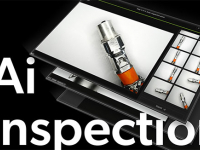
KonnectAi Launches AI Quality Inspection Tool for Manufacturers
KonnectAi collaborates with Google Cloud to deliver AI-powered inspection to help manufacturers ensure quality, company says.
All posts
New & Noteworthy
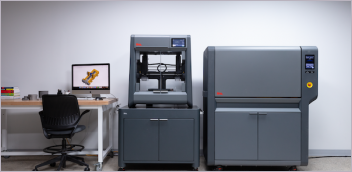
New & Noteworthy: Safe, Cost-Effective Metal 3D Printing - Anywhere
Desktop Metal’s Studio System offers turnkey metal printing for prototypes and...
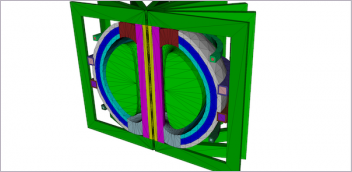
New & Noteworthy: Direct Neutronics Analysis on CAD
Coreform Cubit 2023.11 workflows enable neutronics directly on CAD for next-generation nuclear energy...

New & Noteworthy: Agile Engineering Collaboration
Authentise Threads is a new software tool for distributed communications and project...
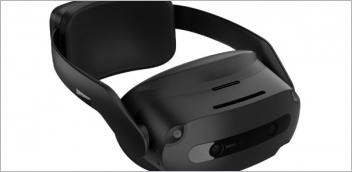
New & Noteworthy Product Introduction: Enterprise VR Headset
Lenovo ThinkReality VRX has an immersive display works with virtual, augmented and...
